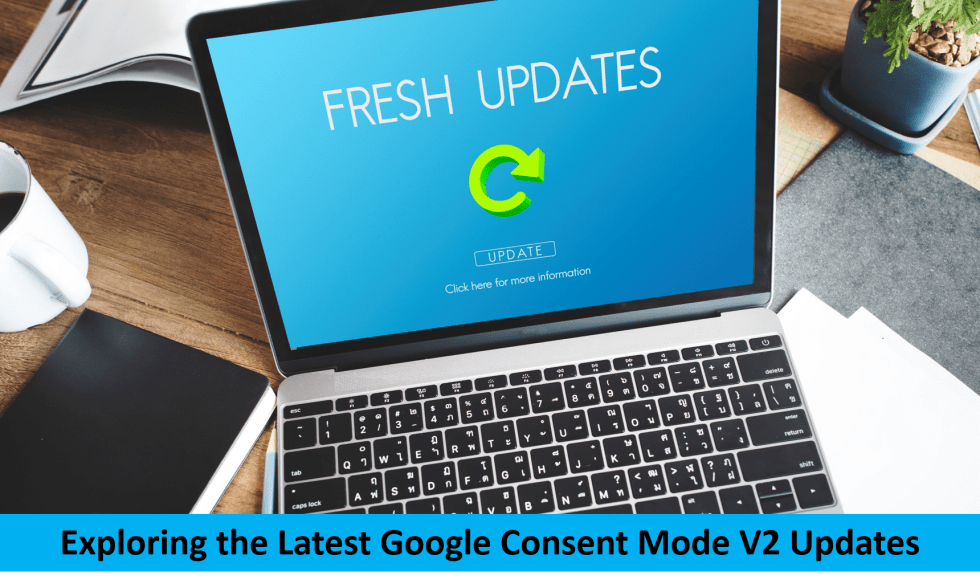No products in the cart.
Nowadays, Adblockers, Tracking restrictions like ITP, and IOS 14 updates all affect the Data Accuracy of Conversion reported into Analytics Platforms. And these are the main reasons why Facebook, Google, and other platforms highly recommend their users start implementing server side tracking.








